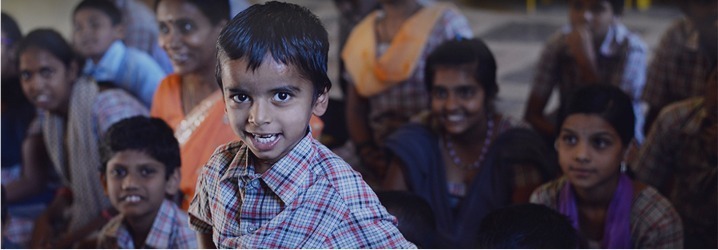Descriptive Epidemiology Of Unintentional Childhood Injuries In India

INTRODUCTION
Injuries and violence are major public health problems all over the world. Recent estimates reveal that over 5 million people around the world die as a result of an injury every year comprising about 9% of deaths. However, this is only the tip of the iceberg. Many more suffer from non-fatal, disabling injuries each day. Although injuries and violence affect people of all ages, races and socioeconomic status, we know that the majority of the injury burden occurs among those from low-income and middle-income countries.
Children are more prone to injuries because of their physical and psychological characteristics. Small body size and the softness of tissues make them vulnerable to the impact of an injury. Risk perception of children is limited making them more susceptible to involvement in road accidents, drowning, burns and poisoning. In addition, the psychological characteristics of children like impulsiveness, curiosity, experimentation, an inadequate judgement of distance/ speed, low levels of concentration, makes them vulnerable to injuries. Adolescent risk-taking behaviour and consequent neglect of safety measures further predispose to injuries. As children get older, they move from a phase of protected environment and travelling with parents/elder siblings to states of independent travel along with an urge to take risks, experiment with various devices/products thus increasing their vulnerability to all types of injuries.
MAGNITUDE OF THE PROBLEM
GLOBAL
Childhood injury is a major public health problem that requires urgent attention. Injury and violence is a major killer of children throughout the world, responsible for about 950 000 deaths in children and young people under the age of 18 years each year. Unintentional injuries account for almost 90% of these cases. They are the leading cause of death for children aged 10–19 years. Worldwide, road traffic injuries and drowning are the most common causes of injury deaths among children, followed by burns and falls.
The WHO report on childhood injuries states that they account for 9% of the world’s deaths and 12% of the burden of diseases. They are responsible for 30% of deaths among 1-3 years of age, 40% among 4 years of age and 50-60% among 5-18 years of age. Unintentional injuries like road traffic accidents, drowning, poisoning, falls, and burns contribute to about 60% of injury-related deaths in children.
Proportionately, for each death of a child due to injury, permanent disability occurs in 12 children and 34 children are in need of medical attention or have missed school days.
Low-income and middle-income countries contribute to more than 95% of injury associated deaths. Southeast Asia (SEA) alone contributes to 31% of the world’s burden and 27% of injury-related mortality.
INDIA
India is home to more than a billion people, among whom children 0-14 years constitute about 31.4% (8). Despite recent efforts to understand the burden of injuries, the magnitude of injury in terms of morbidity and mortality is not clearly known for many individual countries including India.
PROFILE AND PATTERN OF UNINTENTIONAL INJURY IN CHILDREN
The common types of unintentional injuries among under-five children include road traffic accidents, falls, poisoning, drowning, and burns. In India, cooking at floor level and wood-fired stoves contribute significantly to burn injuries. Other unintentional injuries include smothering, asphyxiation, animal bites/snake bites, hypothermia, and hyperthermia.
Nature of injuries
Based on the nature of injuries, they can be classified as fractures, dislocations, sprain, cuts, bites, open wounds, bruise or superficial injury, concussions, organ system injuries, and burns.
Place of injuries
Place where the injuries occurred can be classified as within the home or outside the home. The place outside the home can be school, street/highway, courtyard, playground, Anganwadi or commercial shops.
The Methodology
This Multi-centric study is being conducted at 11 different sites across 8 states in India.
The National Coordinating Centre is Ramaiah Medical College, Bangalore
SAMPLE SIZE
2341 Households in each site= 25,751
Households = Approx 115859 population
PHASES
- First phase: Preparatory phase – 9 months
- Second phase: Data collection – 9 months
- Third phase: Report preparation – 6 months
EXPECTED OUTCOME OF THE STUDY
- An estimate of burden and profile of unintentional injuries among children aged 6 months to 18 years (17 yrs 11months 30/31 days) from both rural and urban areas will be obtained.
- Site-specific patterns and risk factors of unintentional injuries can be determined.

